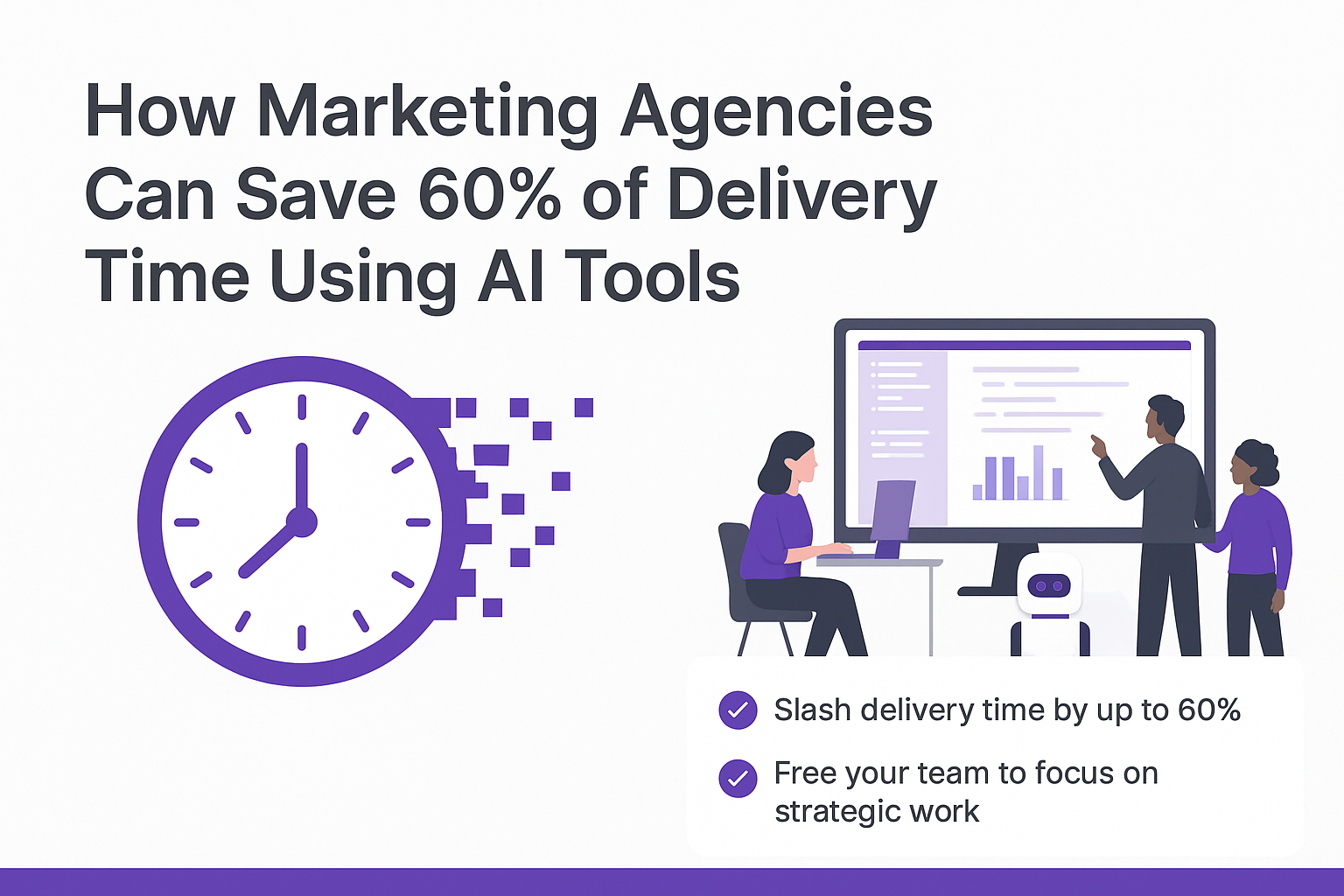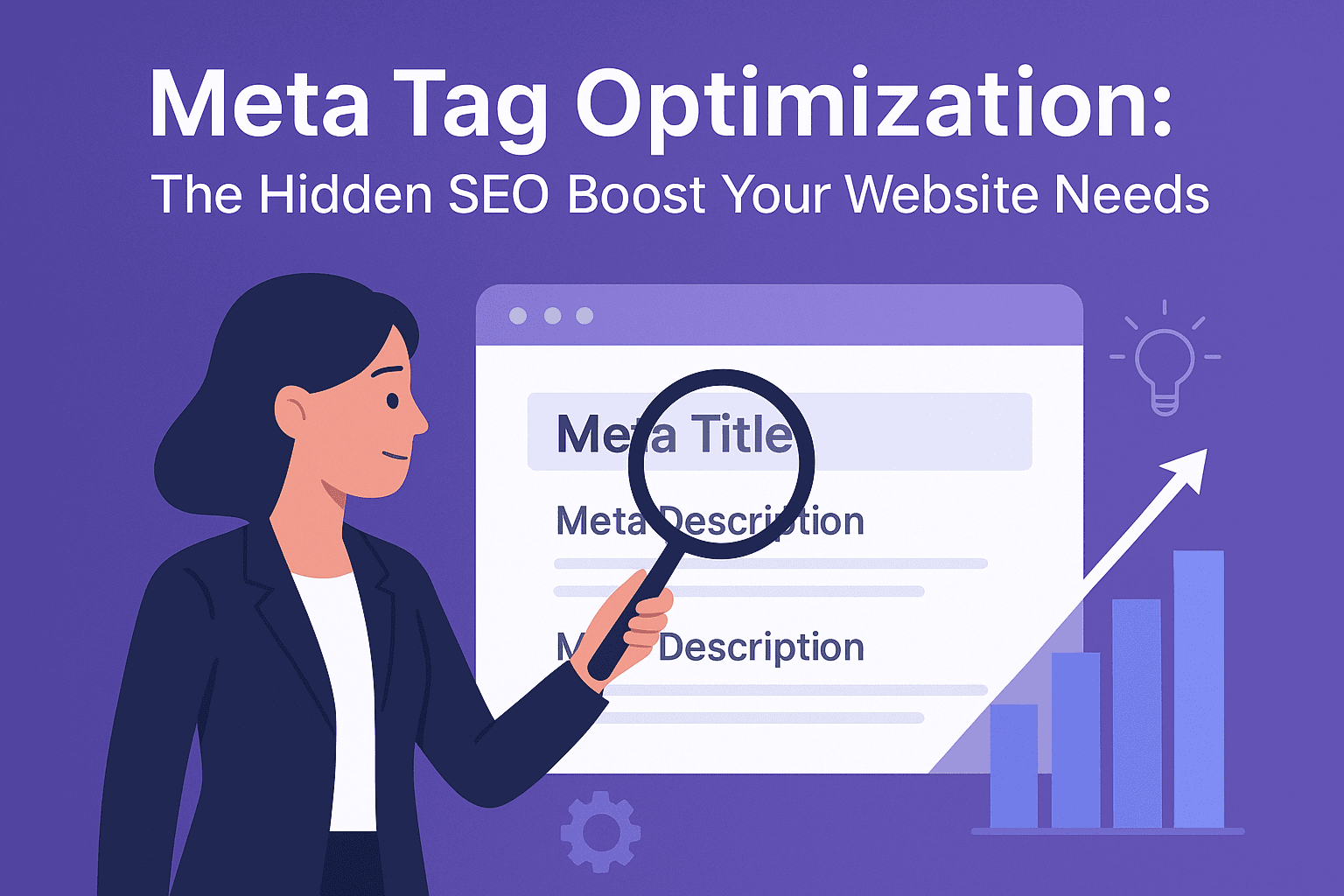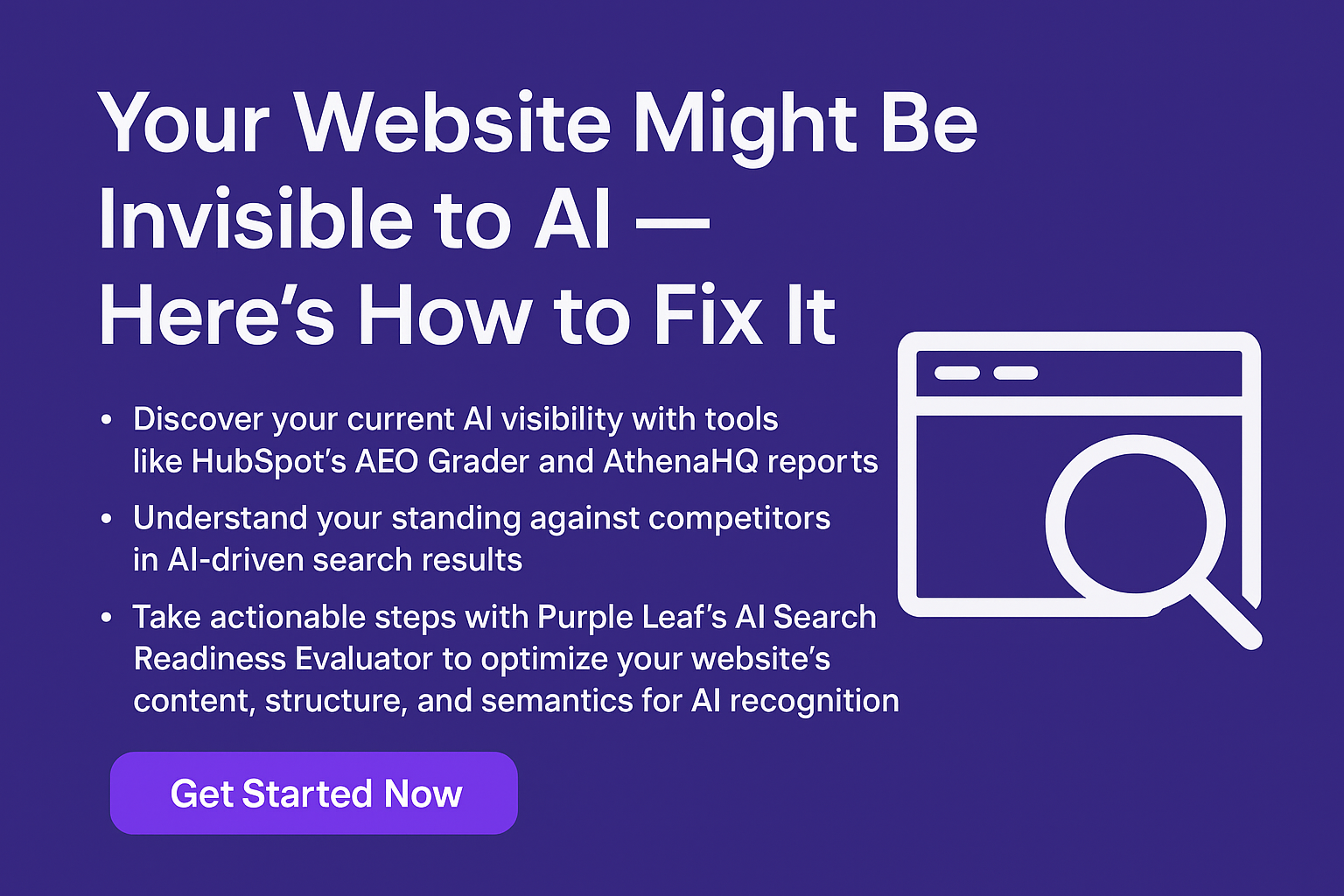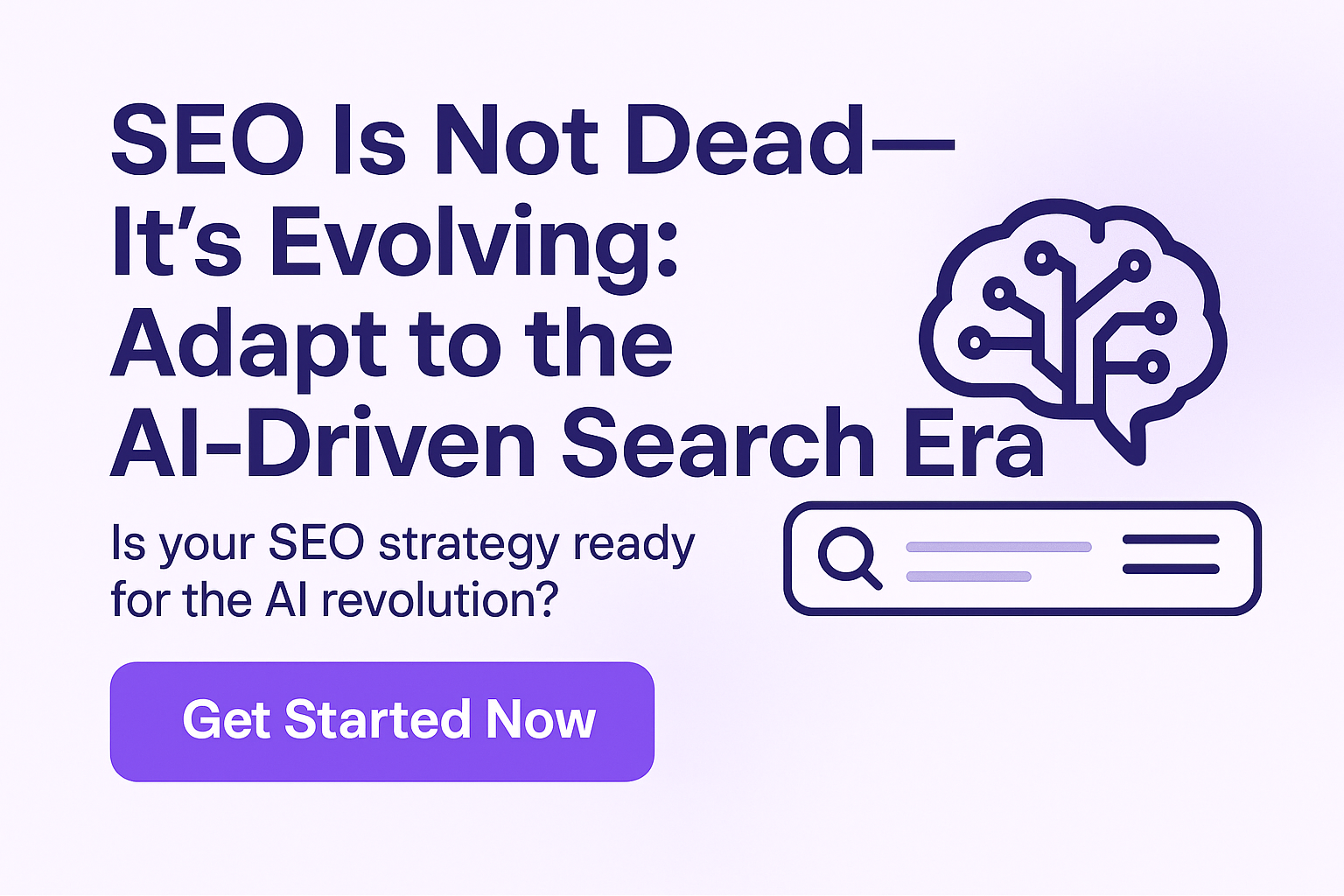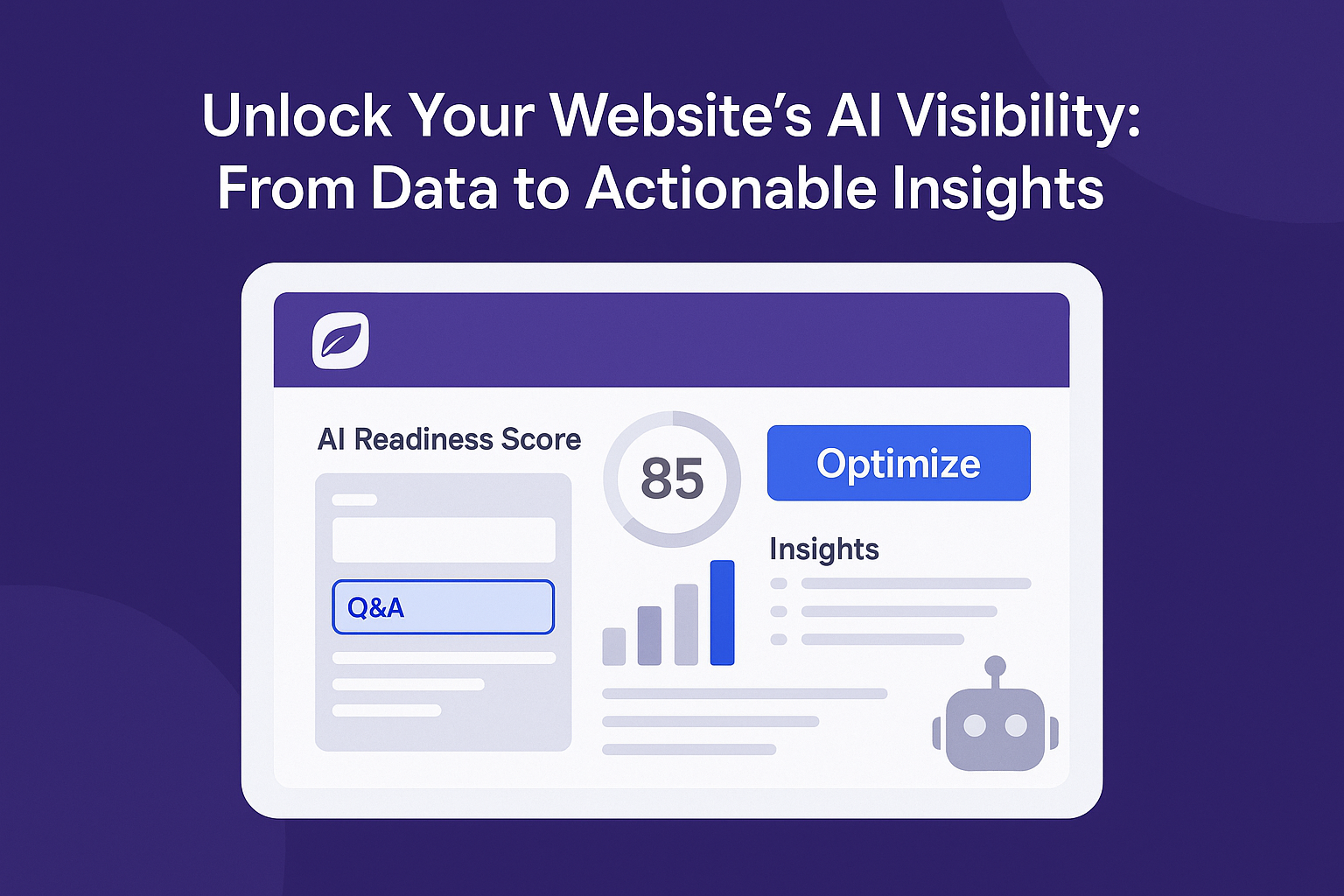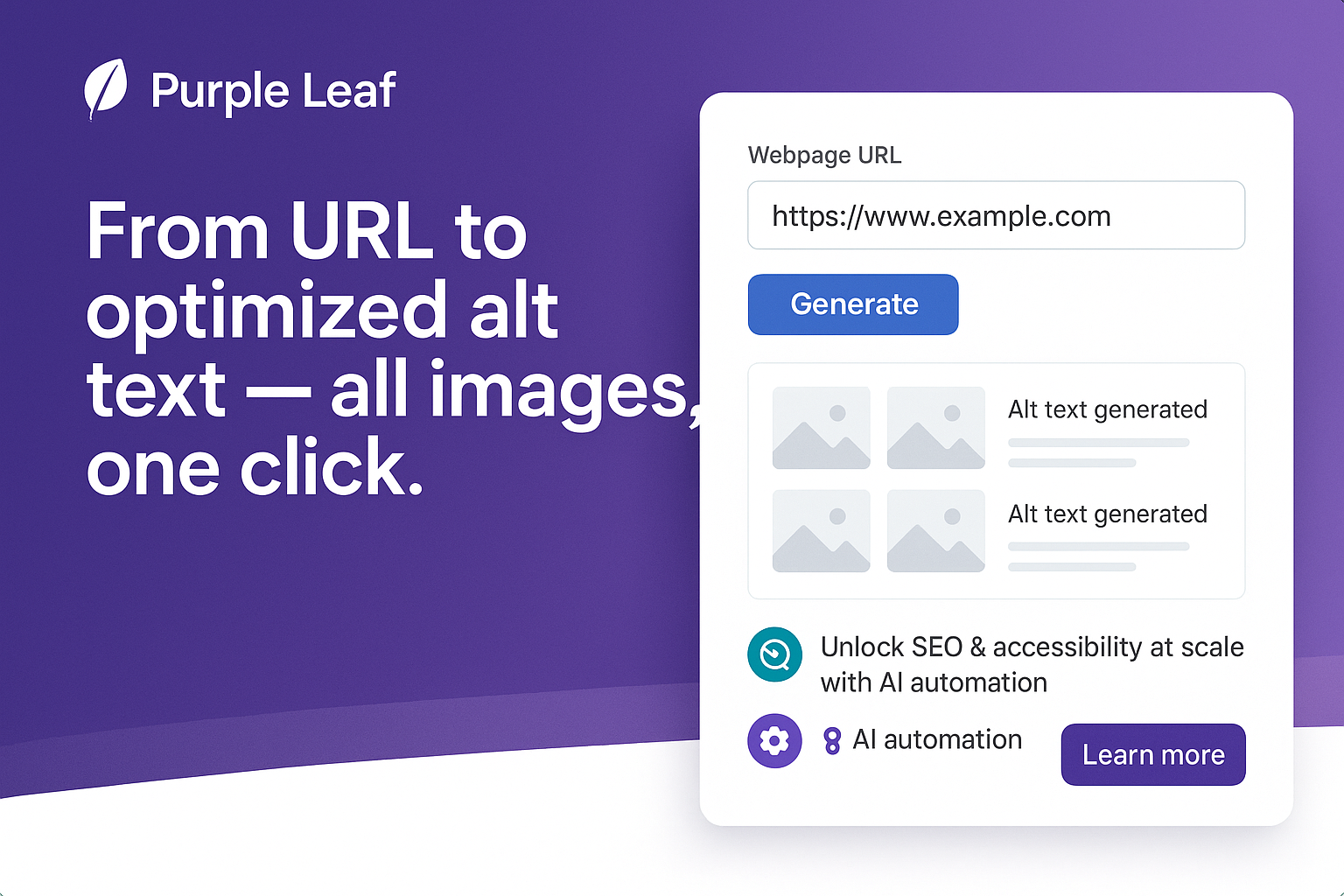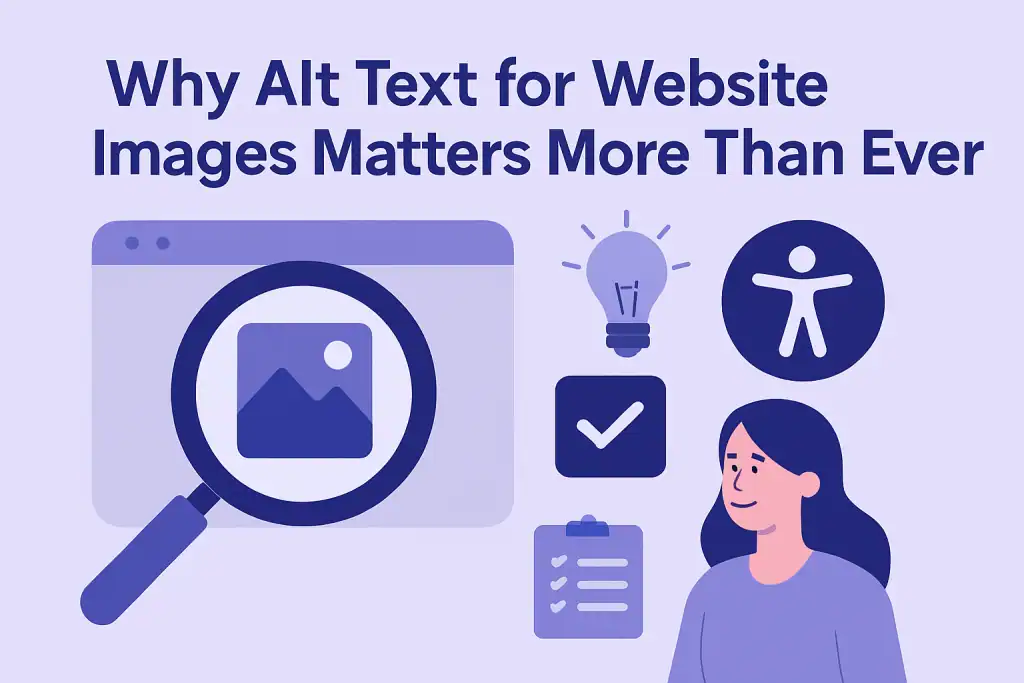
Most website owners underestimate how massive image search really is — and how much opportunity they’re missing by not using proper alt text. Google handles an estimated 3.5 billion image searches per month, and its visual tool, Google Lens, adds another staggering 12+ billion image queries monthly. With a commanding 91% market share in image search (compared to Bing’s 3%), Google remains the gatekeeper of visual discoverability.
At the same time, AI platforms are flooding the web with visual content. In March 2025 alone, ChatGPT’s image-generation tool was used by 130 million people to create over 700 million images in just 9 days. Platforms like DALL·E 2 generate ~2 million images daily, and industry-wide, we now see an average of 34 million AI-generated images per day. This explosion of visual content means your images are now competing for attention — not just from users, but from AI models interpreting and summarizing your content.
Yet, alt text remains one of the most underleveraged SEO tools. Without it, your images are essentially invisible to both search engines and AI systems. With billions of image searches and AI-driven queries happening daily, skipping alt tags means missing out on ranking, visibility, and context — right where it matters most.
What Is Alt Text?
Alt text (alternative text) is a concise image description added in the HTML code of the website summarizing the content and context of the image. It helps search engines and AI understand what an image represents thereby improving accessibility, supporting better indexing and overall visibility.
Why Alt Text Is Crucial for SEO & AEO
Here’s how alt text helps across both:
| Aspect | Alt Text For SEO | Alt Text for AI Search |
| Image Recognition | Allows images to be indexed and ranked | Enables AI to classify visual data and enhance answers |
| Ranking & Discoverability | Improves performance in Google Images and web search | Supports visibility in AI-generated snapshots and carousels |
| Contextual Relevance | Connects image meaning to surrounding content | Boosts credibility and cohesion for AI summarization |
| Accessibility Compliance | Meets WCAG/ADA guidelines | Aligns with Google’s focus on inclusive, user-first design |
| Structured Data Support | Reinforces schema markup and metadata for better crawlability | Enhances machine-readability for AI search assistants like Gemini, Copilot, and SGE |
| Content Completeness | Helps Google understand page content holistically, not just via text | Trains AI to deliver richer, more complete answers with visuals included |
| Voice & Visual Search | Increases relevance in Google Lens and voice-enabled search experiences | Powers multimodal search, where users query with text and images simultaneously |
| Competitive Edge | Helps compete for featured snippets and image pack placements | Increases chances of being included in AI summaries, previews, or chat-based UIs |
| Zero-Click Optimization | Contributes to visibility in SERPs even when users don’t click | Aids in “answer-first” environments by giving AI quick, image-supported context |
| Page Load & Fallback UX | Supports user experience if images don’t load | Prevents loss of meaning in AI parsing when images are missing or slow to render |
With Google and Bing increasingly relying on multimodal input (text + images), alt text helps AI systems understand the complete story of your page. It’s no longer a “nice-to-have” — it’s a ranking factor in both traditional and AI-powered ecosystems.
Best Practices for Writing Effective Alt Text
Crafting alt text isn’t about ticking a box — it’s about making your images work smarter for accessibility, SEO, and AI. Here’s how to do it right with the guide for the alt text best practices seo:
- Be specific and descriptive. Write what you see, but focus on what’s meaningful — not just what’s visible.
- Stick to 5–15 words. Enough to add value, but not so long it becomes noise.
- Include keywords naturally. Use SEO terms only if they match what the image represents. Never force them in.
- Match the page context. Alt text should reinforce your content’s message, not contradict or float away from it.
- Avoid generic openers. Skip “image of” or “photo showing.” These don’t help search engines or users.
- Think human-first. Ask yourself: if the image didn’t load, would the alt text help the user understand what was there?
Bad Example:
“Image of chart.”
Better Example:
“Line chart showing 30% traffic increase after site redesign.”
Alt text done right ensures your images are not just decorative, but meaningful — adding depth and relevance to your content and helping both people and AI systems understand what’s going on.
Conclusion
Alt text is one of the most overlooked yet powerful tools in your SEO and content strategy. It costs almost nothing to implement but delivers impact across:
- Accessibility
- Traditional search
- AI-powered discovery
- Overall content clarity
In a world where search is becoming more visual and AI is interpreting content beyond just keywords, well-crafted alt text ensures your images aren’t silent — they speak clearly to both people and machines.
Whether you’re optimizing for rankings, voice search, or AI summaries, alt text best practices is your invisible advantage — low-effort, high-impact, and future-ready.
Check out our Alt Text Generator tool that scans your entire web page and automatically creates SEO-optimized alt text for every image—no manual input needed. Whether it’s product shots, banners, or blog images, our AI delivers accurate, context-aware descriptions that boost accessibility and search visibility in minutes.
